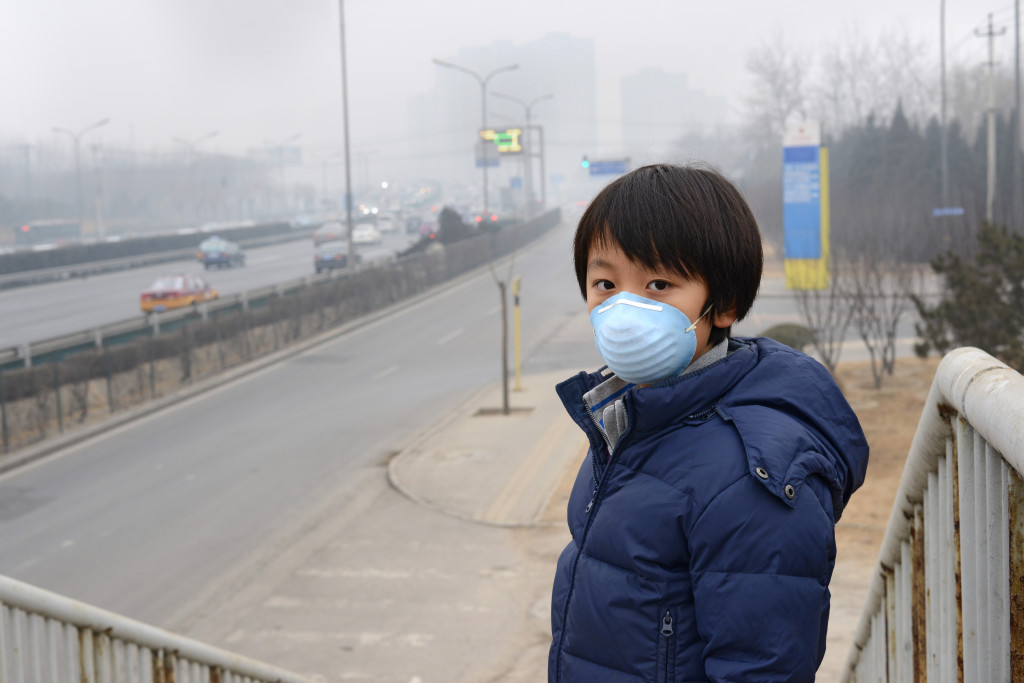What is Flexible Leadership Being flexible is the capability of readily changing (Merriam-Webster, n.d.)1. In…
The Bleak Future Children Will Face With Pollution
The whole world is affected by pollution, however, low-income cities are the ones that are mostly affected. Ninety-nine (99%) percent of the global population breathes air surpassing WHO limits, posing health risks. Despite monitoring in over six thousand cities across 117 countries, elevated levels of fine particulate matter and nitrogen dioxide persist, with low and middle-income countries experiencing the highest exposures. The findings prompt the WHO to emphasize the importance of reducing fossil fuel usage and implementing tangible strategies to combat air pollution.
Seventeen percent (17%) of cities in high-income countries fall below WHO guidelines for PM2.5 or PM10, while less than 1% in low- and middle-income countries comply. Lower and middle-income nations experience higher exposure to unhealthy PM levels but less variation in NO2 patterns. Only 23% of people in four thousand cities meet updated WHO NO2 guidelines. Urgent action needed to address preventable deaths and health losses from air pollution, according to Dr. Maria Neira of the World Health Organization (WHO).
Lower and middle-income countries bear the highest air pollution exposure but lack sufficient air quality measurement coverage. However, there are positive signs of improvement, especially in Europe and partially in North America, where comprehensive air quality data is available. Despite some low- and middle-income countries still lacking PM2.5 measurements, substantial progress has been made, with 1500 additional human settlements now monitoring air quality compared to the last update in 2018.
Lahore, Pakistan: The World’s Most Polluted City in 2022
In 2022, Lahore, Pakistan, emerged as the most polluted city in the world, with an air quality measurement of 97.4 micrograms of PM 2.5 particles per cubic meter, surpassing its previous record of 86.5. PM 2.5 is a type of airborne particulate matter that poses serious health risks, including heart attacks, asthma attacks, and premature death. Long-term exposure to PM 2.5 has also been linked to higher rates of death from Covid-19.
The World Health Organization (WHO) has revised its air quality guidelines over the years, lowering the acceptable levels of air pollution to below 5 micrograms per cubic meter, as exposure to such high levels of PM 2.5 can have severe health consequences. Unfortunately, in the Central and South Asian region, which includes India and Pakistan, more than half of the population lives in areas where PM 2.5 concentrations are approximately seven times higher than the WHO’s recommended levels, leading to widespread health concerns.
The report highlights that the top five most polluted countries in 2022 were Chad, Iraq, Pakistan, Bahrain, and Bangladesh, with Lahore, Pakistan; Hotan, China; Bhiwadi, India; Delhi, India; and Peshawar, Pakistan being the most polluted cities globally. These findings underscore the urgent need for effective measures to address and improve air quality in these regions.
Effects of Air Pollution to Children’s Respiratory Health
There are several reasons why young children are more vulnerable to the effects of air pollution. The brain, immune systems, and lungs are immature at birth and continue developing rapidly until the age of six. During this period, their respiratory tracts are more permeable. Children have a larger lung surface area relative to their body weight and inhale 50% more air per kilogram of body weight compared to adults. This early growth and development significantly impact children’s health, and exposure to air pollution can have long-lasting effects on their future well-being. Furthermore, children tend to spend more time playing outdoors, leading them to breathe more outdoor air than adults.
The Children’s Health Study (CHS) is one of the most comprehensive and long-term researche projects examining the impact of air pollution exposure on children’s respiratory health. Initiated by researchers from the University of Southern California in 1992, the study involved 6,000 children attending public schools in 12 Southern California communities with varying levels of air pollution for at least eight years.
The study yielded significant findings , including the short-term effects of air pollution such as acute respiratory illnesses and asthma attacks, and longer-term impacts like chronic respiratory diseases and the development of asthma. For instance, researchers observed an increase in school absences due to respiratory illnesses related to short-term rises in ozone concentrations. There is now substantial evidence linking ozone and particles to worsened symptoms in asthmatic children. The CHS research also revealed a higher incidence of chronic cough and bronchitis, as well as reduced lung function, among young children exposed to high air pollution levels, particularly in areas with high particle concentrations. Children in Southern California, particularly those engaging in outdoor sports in high-ozone regions, were found to be three times more susceptible to developing asthma. While air pollution is widely believed to trigger asthma attacks and worsen asthma symptoms, studies are yet to definitively prove that it directly causes the development of asthma.
Children in Delhi: Evidence to the Worsening Effects of Air Pollution
The Chittaranjan National Cancer Research Institute in Kolkata, India, conducted a massive study in 2010 to investigate the health effects of air pollution on approximately 11,000 Delhi school children. The study revealed that, in comparison to the control group, New Delhi children experienced 1.8 times more respiratory diseases. Lower socioeconomic status was associated with more widespread respiratory symptoms compared to higher economic status families. Respiratory symptoms were most prevalent during winter and least prevalent during the monsoon, correlating with particulate matter levels. Lung function was reduced in 43.5% of Delhi school children compared to 25.7% in the control group, with girls showing a more significant reduction in lung function.
Conclusion
Air pollution is a global issue that requires worldwide resolutions at the local level. Current studies demonstrate the escalating impact on children in the world’s most populated cities. We hope that efforts will be taken to curb this trend and halt the bleak future that children may face due to pollution.
Picture : Istock
Sources :
https://www.who.int/news/item/04-04-2022-billions-of-people-still-breathe-unhealthy-air-new-who-data
https://earth.org/data_visualization/pollution/
https://www.eea.europa.eu/publications/air-pollution-and-childrens-health




